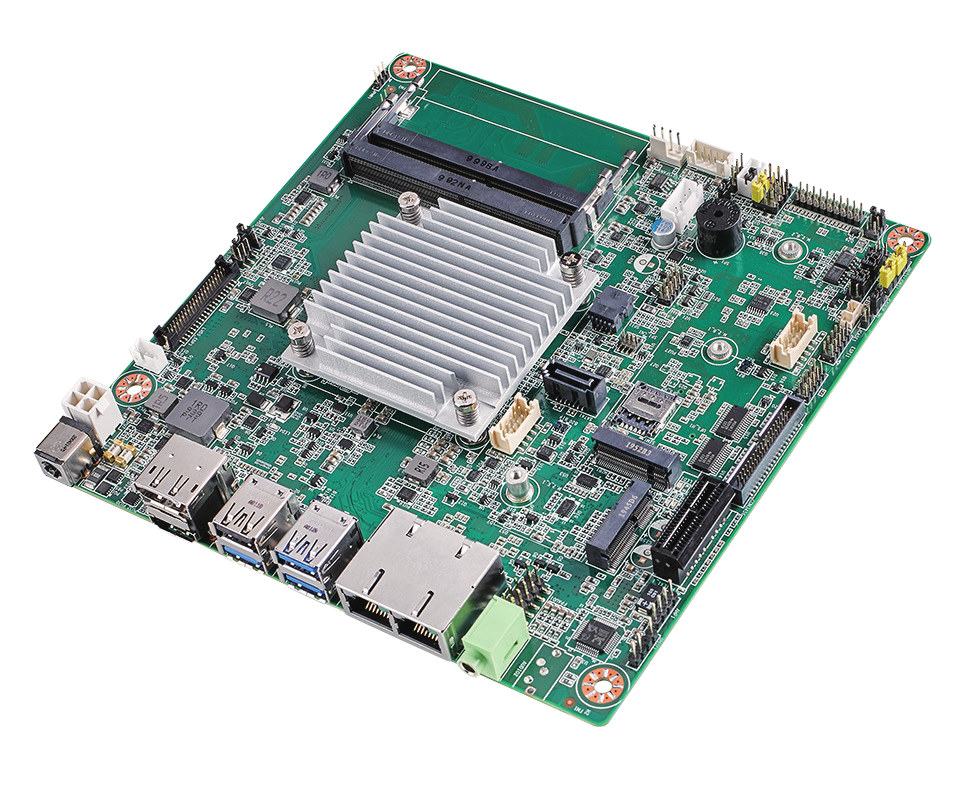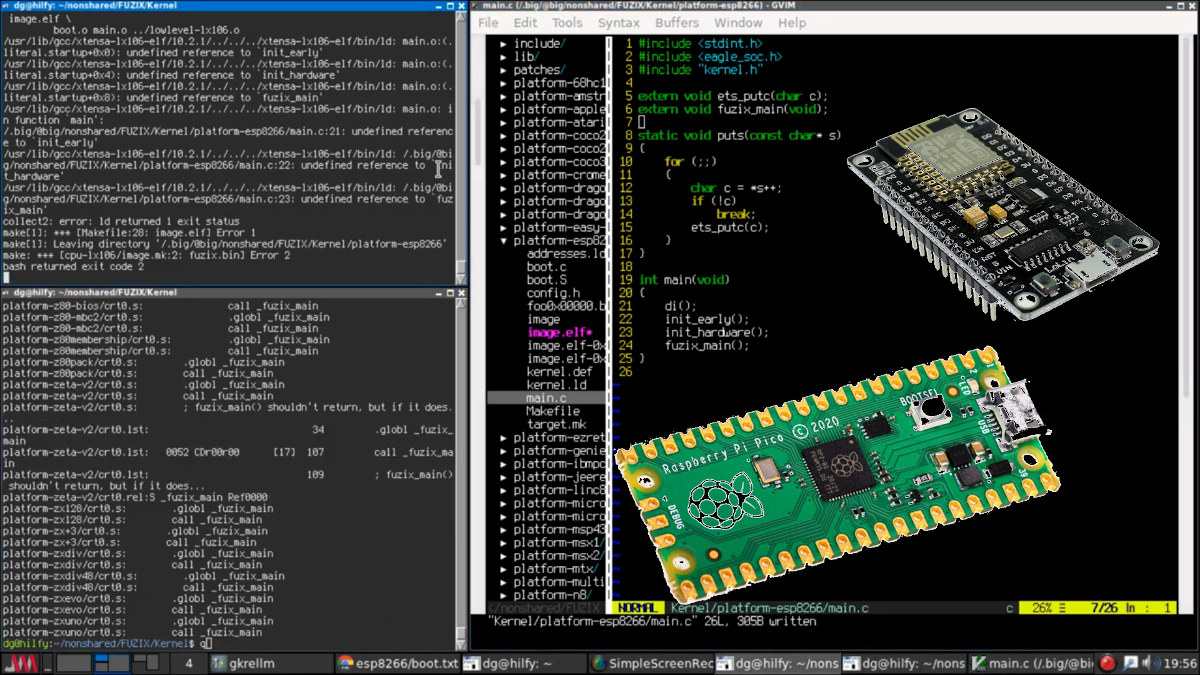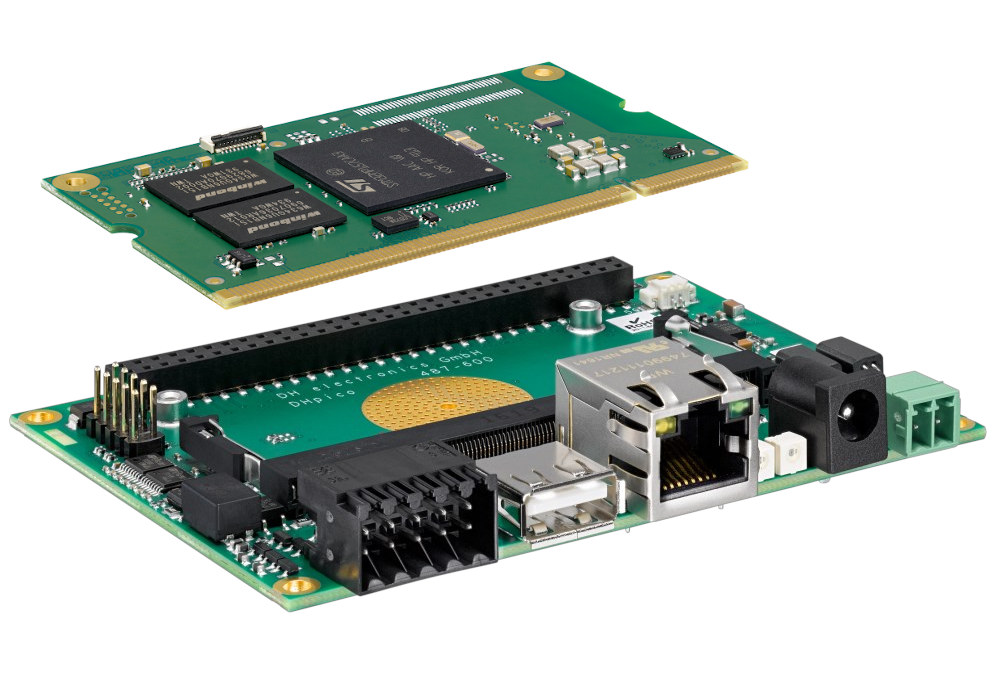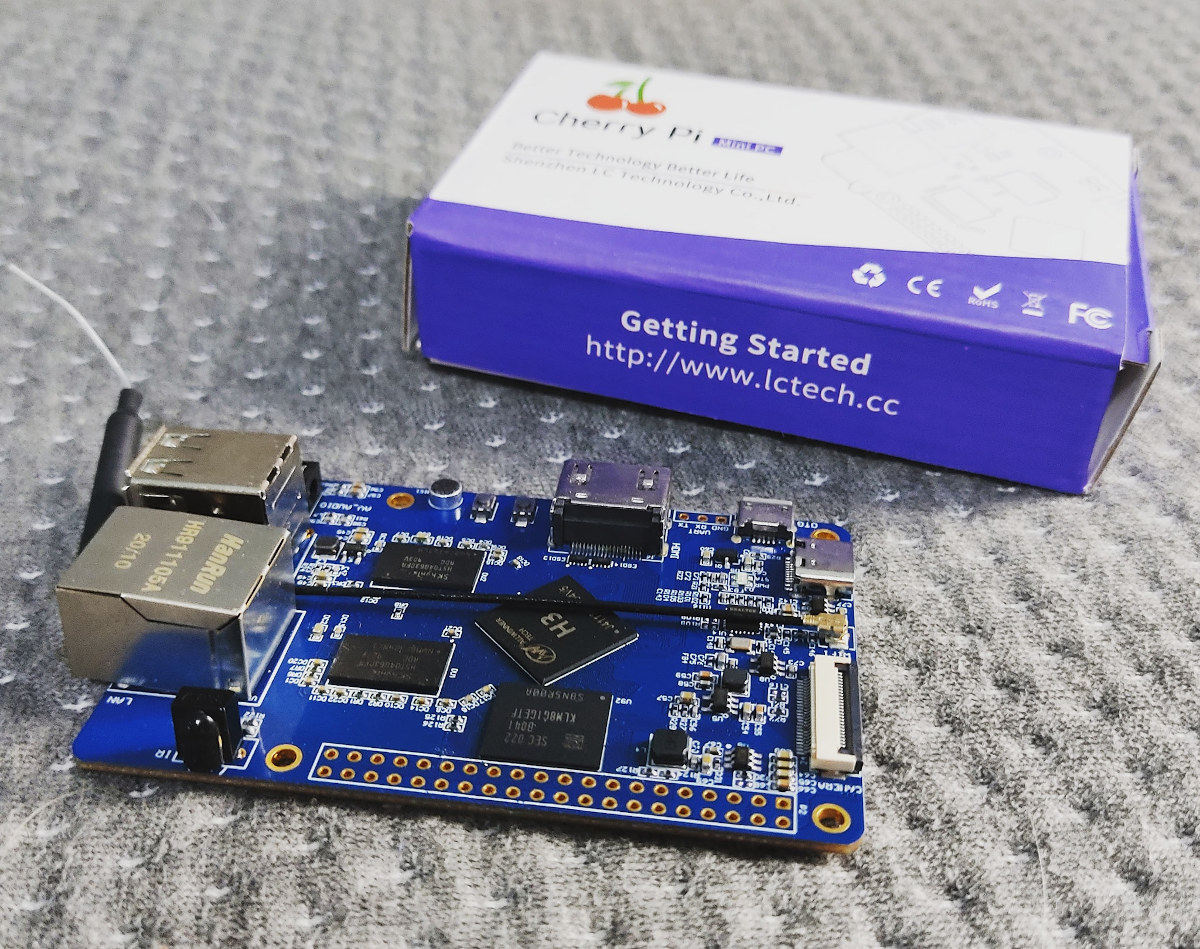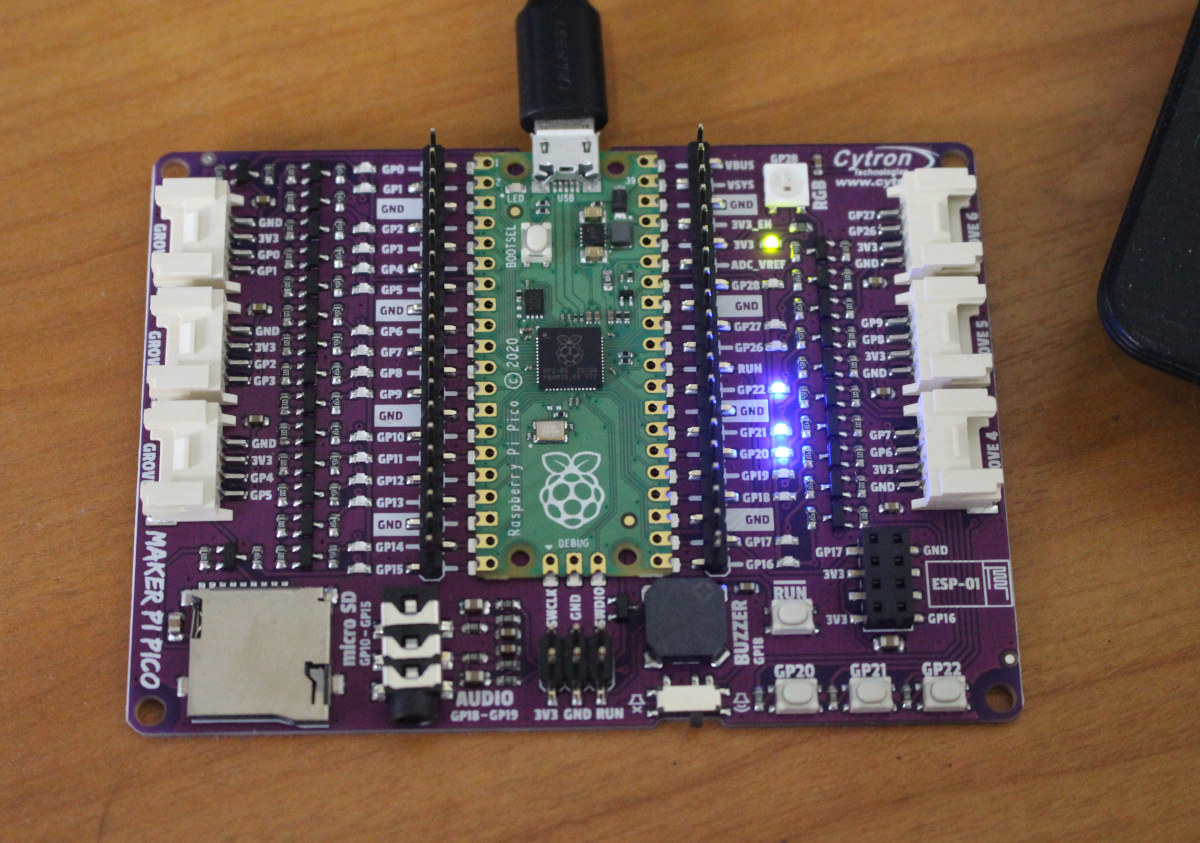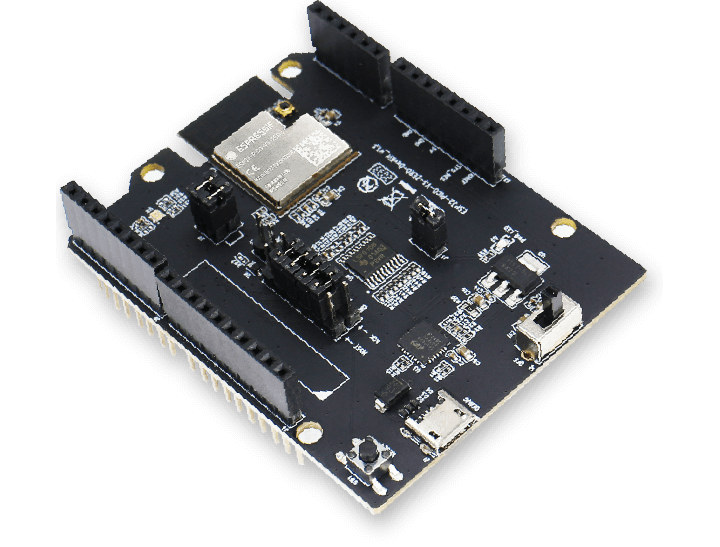RISC-V open architecture allows designers to implement their own instructions, and some of those may become an official RISC-V extension. But the process to approve a new extension may have been suboptimal, so RISC-V International has just unveiled the Fast Track Architecture Extension Process, or Fast Track for short, that streamlines the ratification of small architecture extensions, as well as ZiHintPause, the first extension to be ratified under the new Fast Track process. The process is designed for simpler extensions that are uncontentious and offer value to the RISC-V community at large, so it’s not suitable for more complex extensions. An extension that has been submitted for consideration will undergo an internal review before entering a 45-day public review process. You can read detailed rules for the new extension ratified process here. The ZiHintPause extension went through this 45-day review process on Google Group, and was very recently ratified. The […]
Advantech Elkhart Lake mini-ITX motherboard offers triple display support, dual LAN, eight USB and six COM ports
We’ve seen a fair amount of Intel Elkhart Lake platforms including modules, 3.5-inch SBCs, Pico-ITX boards, and embedded mini PCs, but so far, I had not noticed any Elkhart Lake mini-ITX motherboard. Advantech AIMB-218 motherboard offers a choice of low-power Atom, Celeron and Pentium Elkhart Processor, and thanks to the larger form factor plenty of I/Os including four display interfaces (DP++/HDMI/eDP/LVDS) supporting up to three display, eight USB port, six serial COM port, and dual Gigabit Ethernet. Advantech AIMB-218 specifications: SoC (one or the other) – Intel Atom x6413E quad-core processor @ 1.50 GHz / 3.0 GHz (Turbo) with 16EU Intel UHD graphics; 9W TDP Intel Celeron N6211 dual-core processor @ 1.20 GHz / 3.0 GHz with 16EU Intel UHD graphics; 6.5W TDP Intel Celeron J6413 quad-core processor @ 1.80 GHz / 3.0 GHz with 16EU Intel UHD graphics; 10W TDP Intel Pentium J6426 (new part) quad-core 2.0 GHz / […]
Encoding and decoding AVIF pictures with open-source software & libraries
One of the new features of Android 12 is support for the AVIF file format that provides much smaller files at the same level of quality. Jake Archibald has done a great job comparing AVIF format to JPEG, WebP, and other still picture formats, and the results are really impressive. Besides Android 12, AVIF is already supported in Chrome browser, will be enabled by default in Firefox 86, but here’s we’ll look at some of the open-source programs and libraries that allow you to manipulate AVIF pictures. With libavif library, AOMedia has published a reference implementation in C, together with avifenc and avifdec tools, that rely on various codecs, but it appears rav1e is recommended for encoding AVIF picture, while dav1d is the best choice for AVIF decoding. libavif will not automatically build the codec, and they need to be enabled in CMakeLists.txt
|
1 2 3 4 5 |
option(AVIF_CODEC_AOM "Use the AOM codec for encoding/decoding (see AVIF_CODEC_AOM_DECODE/AVIF_CODEC_AOM_ENCODE)" OFF) option(AVIF_CODEC_DAV1D "Use the dav1d codec for decoding" ON) option(AVIF_CODEC_LIBGAV1 "Use the libgav1 codec for decoding" OFF) option(AVIF_CODEC_RAV1E "Use the rav1e codec for encoding" ON) option(AVIF_CODEC_SVT "Use the SVT-AV1 codec for encoding" OFF) |
as well as define the path […]
Fuzix Unix-like operating system ported to Raspberry Pi Pico and ESP8266
The Raspberry Pi Pico is not compatible with Linux, but now supports another Unix-like operating system known as Fuzix. Alan Cox’s Fuzix is a Unix-like operating system for older devices with less performance capacity. David Given’s two recent posts have brought to the attention about the operating system’s compatibility with ESP8266 MCU and Raspberry Pi Pico. Fuzix operating system has a kernel which is the central core of the system. Also, it has a C compiler and a set of core applications similar to the UNIX filesystem. The Raspberry Pi Pico port comes with many benefits like a well-structured Unix filesystem with its compatibility for SD cards through the SPI interface. Hence, supporting the Fuzix operating system. The full set of Fuzix binaries is available through a serial console to UART0. Porting Fuzix to ESP8266 The post on “Porting Fuzix to the ESP8266” addresses the MCU’s support for the Fuzix […]
STM32MP1 Linux SoM fits into Pico-ITX carrier board
DH electronics DHCOM STM32MP1 is an STMicro STM32MP1 Cortex-A7/M4 system-on-module (SoM) following the company’s SO-DIMM-based DHCOM standard, and capable of running Linux with Etnaviv GPU drivers. The SoM is compatible with two DHCOM carrier boards from the company, namely DH PDK (Premium Developer Kit) for development, and DH PicoITX2 Pico-ITX board for direct integration into products. DHCOM STM32MP1 SoM DHCOM STM32MP1 specifications: SoC – STMicro STM32MP15x with up to two Arm Cortex-A7 core up to 650 MHz, one Arm Cortex-M4 up to 209 MHz, Vivante 3D GPU @ up to 533 MHz with OpenGL ES 2.0 support System Memory – 256, 512, or 1024 MB 32-bit DDR3 DRAM Storage 4, 8, or 16 GB eMMC flash 2 MB boot flash 256 bytes EEPROM MicroSD card socket on module Connectivity – WiFi 4 IEEE 802.11 a/b/g/n, 802.11j (hosted mode) with dual band, Bluetooth 5.0 (BR/EDR/BLE), PCB antenna and U.FL antenna connector […]
Cherry Pi PC SBC is an Orange Pi PC clone selling for $16.5 and up
Orange Pi PC is an Allwinner H3 SBC that was launched in 2015 for as little as $15 plus shipping (now $17.42 with 1 GB RAM), and made by a company called Shenzhen Xunlong Software. The next year, the company launched Orange Pi PC Plus with 8GB eMMC flash and WiFI connectivity for $20 (now $25.54). It appears another company named “Shenzhen LC Technology” has designed a board with similar specifications & layout, so not technically a clone, but close enough. Meet Cherry Pi SBC. Cherry Pi PC V7 SBC specifications with highlights in bold or strikethrough showing the differences with Orange Pi PC: SoC – Allwinner H3 quad-core Cortex A7 processor with an Arm Mali-400MP2 GPU System Memory – 512MB or 1GB DDR3 Storage – MicroSD card slot up to 64GB, optional 8GB eMMC flash, Video Output – HDMI 1.4 and AV ports Audio I/O – HDMI, AV port, […]
Maker Pi Pico STEM board mini review with CircuitPython
In my early list of third-party Raspberry Pi RP2040 boards, I shortly mentioned Cytron Maker Pi Pico baseboard for Raspberry Pi Pico that exposes all pins via female headers, includes LEDs for all GPIOs pin, six Grove connectors, three user push-buttons, one RGB LED, a piezo buzzer, an audio jack, a MicroSD card, and an ESP-01 socket to add WiFi connectivity. The beta version sold for $5, and at the time I missed that included Raspberry Pi Pico board as well, so basically you got a free baseboard. The Malaysian company has now sent me a review sample to play around with, so let’s have a closer at the hardware and code samples for the board. Maker Pi Pico Unboxing and Specifications I received the board in Cytron package together with a pinout diagram for Raspberry Pi Pico, and we can see the latter is already soldered to Maker Pi […]
ESP32-PICO-V3-ZERO-DevKit targets Amazon Alexa Connect Kit (ACK) development
Last summer, Espressif and Amazon jointly announced the ESP32-PICO-V3-ZERO Alexa Connect Kit module providing out-of-box connectivity to ACK (Alexa Connect Kit) cloud services, support for features such as Alexa control, “Frustration-Free Setup” and Amazon Dash replenishment for connected devices. At the time, the module was still at the developer preview stage, and you had to create your own carrier board for the module. But now development has been easier with the companies launching ESP32-PICO-V3-ZERO-DevKit compatible with Arduino Zero development board. ESP32-PICO-V3-ZERO-DevKit specifications: Wireless module – Espressif Systems ESP32-PICO-V3-ZERO with ESP32-PICO-V3 System-in-Package (SiP) based on ESP32-V3 dual-core Xtensa LX6 WiFI and Bluetooth SoC, a 4 MB SPI flash, a crystal oscillator, filter capacitors, and an RF matching network. Expansion – Arduino Zero compatible pass-through headers Debugging – 1x micro-USB port Misc – Power & Status LEDs, Reset button, jumpers to route specific signals to the headers, DSN (Device Serial Number – […]



